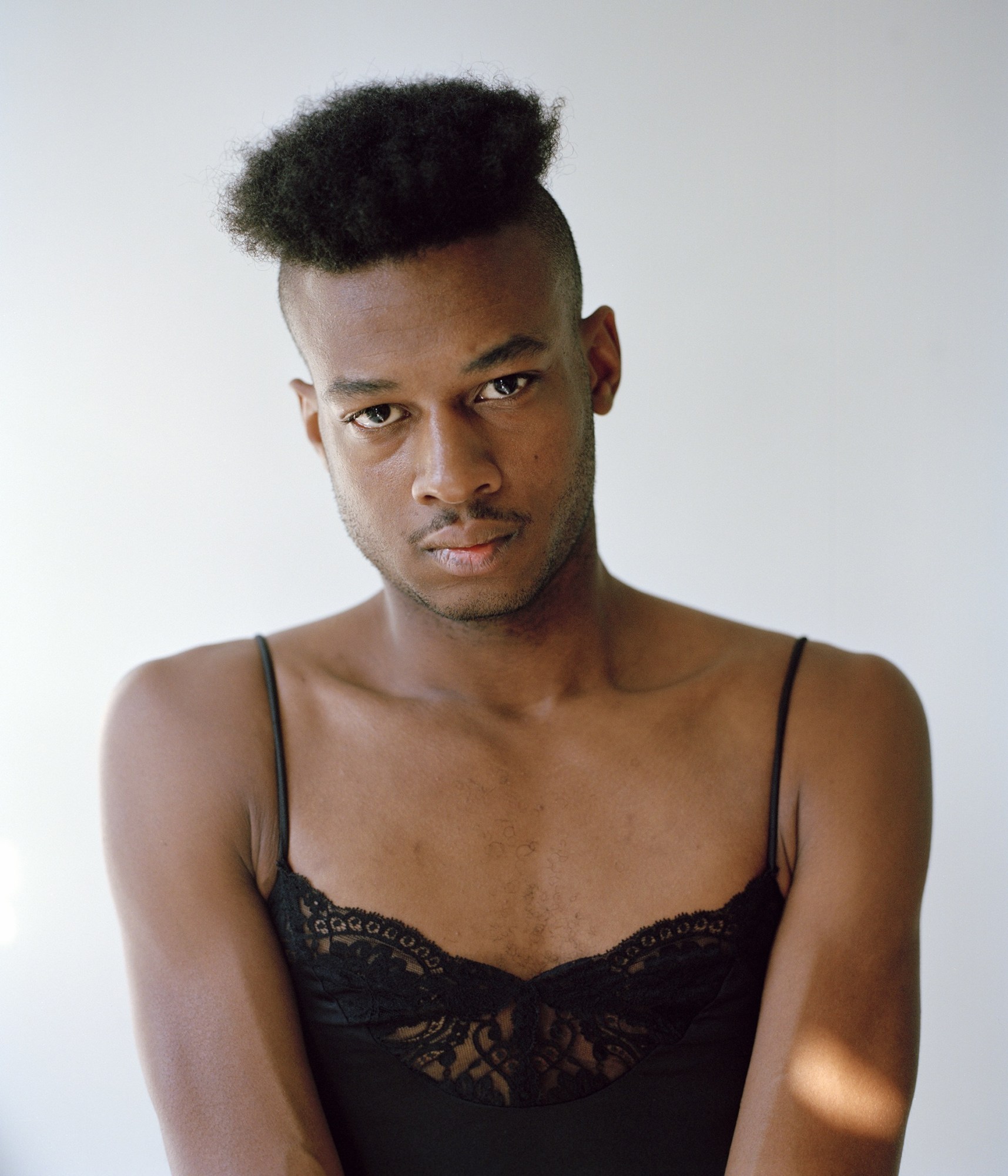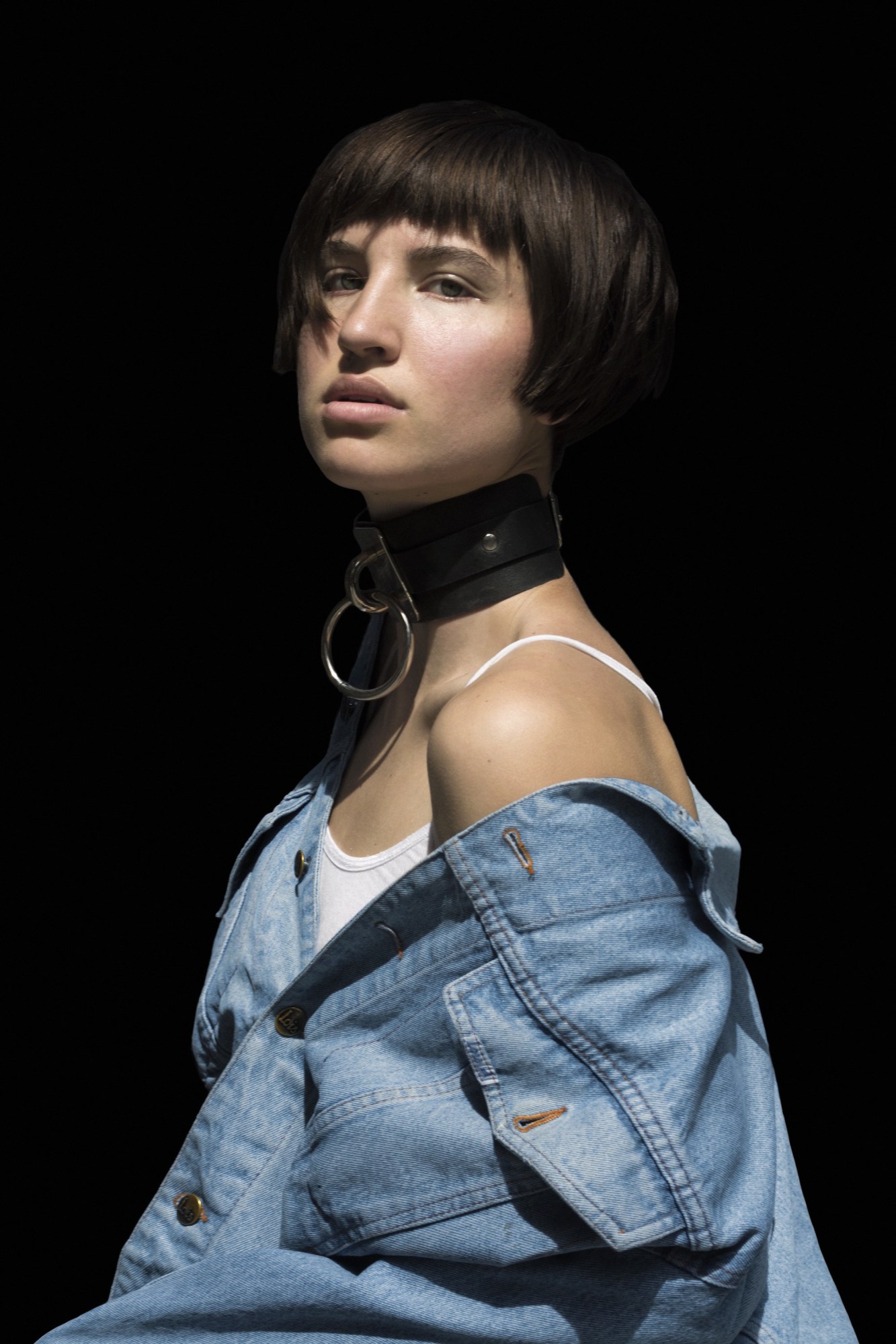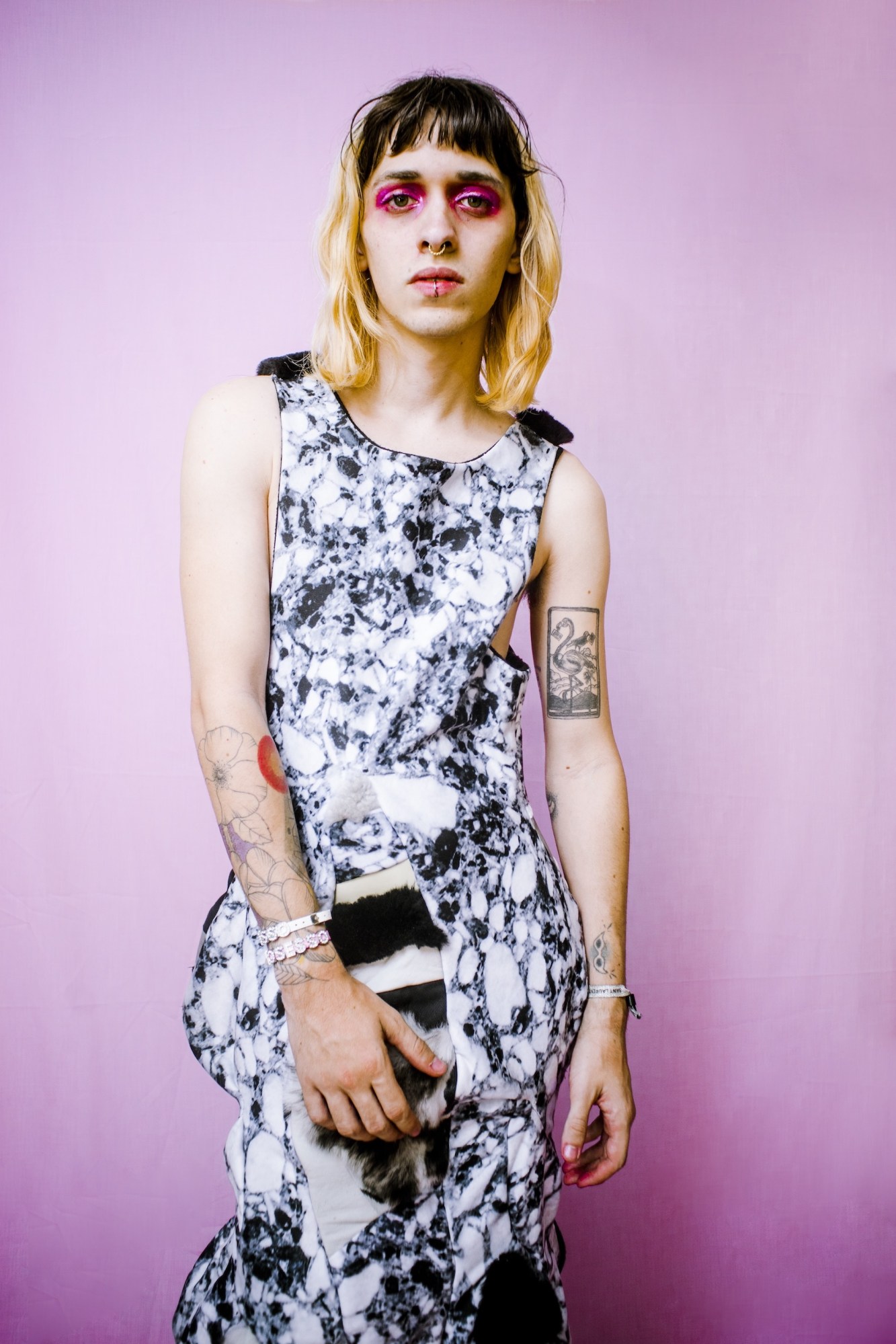In the aftermath of the election, Caroline D’Arcy Gorman didn’t really feel like going outside, but it wasn’t entirely Donald Trump’s doing. She had taken the semester off from Brown University anyway to work on her queer feminist art magazine, DRØME. Though its mission to broadcast the art world’s overlooked voices felt far more important post-November 8. Also, she came out via an early morning Instagram post while still inebriated from the shocking news coverage, so she had a lot of text messages to reply to.
DRØME’s first issue is covered with a beautiful black-and-white photo of artist Carly Mark, but the world it contains is kaleidoscopic. The family so far includes art chameleon Vivek Shraya, binary-shattering L.A. label No Sesso, and idiosyncratic Brooklyn music duo Sofi Tukker. And, by extension, the hyperreal Haribo gummy bar stars of Carly’s popular ongoing project featuring Eric Wareheim and butt plugs. Each creative power-grab feels like its own form of protest against an administration looking backwards. As DRØME hits shelves at a crucial moment, we talk to Caroline about spending sleepless nights locked in her bedroom, sleepless months hitting up queer techno parties in Berlin, and the world going forward.

Are you still at Brown University? What are you studying there?
We have a department called Modern Culture and Media here, and I’m in the process of declaring that as my major. I just got back after a full year off, I was in Berlin for eight months. I didn’t do that much in Berlin but I drew a lot of inspiration for DRØME while I was there. Berlin is a wild city so there was a lot of awesome art stuff going on, and really good vibes from the people in the community here. Then I took a semester off from school just to polish the first issue.
Why did you go to Berlin and what did you actually end up doing there?
I got super into techno music and house music while I was in Berlin. The club scene is a really awesome safe space, not just in a queer sense but anybody who is a little bit different or likes to party a little differently, that’s the mainstream scene in Berlin. So I had a great time while I was over there then hit the ground running, with the magazine, when I got back to New York.

When was the moment when you decided to launch an art magazine?
I worked with two other girls who went to Brown a couple of years ago, and we came up with the idea to do an art collective. It wasn’t a magazine at that point. We just had a vision for exposing undiscovered artists and weren’t sure what to do with it. We raised some money over the summer through an IndieGogo campaign, then I decided in May or June last year that I really wanted to do a print magazine, because it’s a thing you can hold and have forever. It’s easier for things to get lost online. The blog that we had going was just a precursor to the magazine, a way to get our name out there and send artists who we wanted involved in the magazine an idea of our aesthetic and vibe. We were super lucky that a lot of really amazing artists said yes.
Growing up in NYC, did you spend a lot of times in museums and galleries?
I was actually super involved in music when I was younger. Visual art and fashion hadn’t really come into play yet. I’ve been playing music and writing songs since I was four years old. Once I got to Brown I started dabbling more in visual art, architecture, and fashion.

The magazine, and its Instagram, has quite a heavy fashion angle. When did you first become interested in fashion as a way to explore gender and identity?
I wasn’t into fashion at all when I was younger, but I came to realize that it goes beyond the superficial. It can be a really powerful social and political commentary. It’s absolutely vital for self-expression for a lot of people, and tells you so much about who somebody is. I realized that the way people present themselves is an art form in and of itself, so I got really into that idea, especially when thinking about people playing different roles — I did a lot of theater when I was younger, so it also kind of coalesced into this magazine.
I love that your first cover is a beautifully simple black-and-white photo of Carly Mark, whose work is so wonderfully gaudy. How did you first meet her or come across her work?
It’s kind of a funny story. I was browsing Instagram looking for artists. Out of all the social media platforms, Instagram is this amazing way for artists to make their mark in the art work. I messaged Carly on Instagram and told her I loved her work, particularly her Haribo video work with Eric Wareheim. She was super sweet and got back to me straight away. We skyped while I was in Berlin and we got along, then her friend Thomas Whiteside, who does really amazing photo work, shot her for the issue. Carly was one of the first artists we decided to feature, so that kind of set the tone for the issue.

What about the other artists you feature? What are you looking for or is it instinctual?
What’s really cool about the curation process of selecting the artists is that they’re all super different — totally different art forms — but complement each other in really interesting ways. And none of them are confined to one medium. Vivek Shraya makes films, she does music, she writes books, she writes poetry — she does absolutely everything. I think that’s something people are realizing. Artists can dabble in — or get pretty far in — a variety of different mediums. Carly is a visual artist, but she does a lot of film work and a lot of costumes. I’m really interested in the interconnecting nature of the arts.
You’re clearly very engaged in politics. Has the current political climate affected how you see DRØME going forward?
After watching the election results I was kind of delirious, and posted this Instagram coming out. Then the next morning I forgot I did that. Of course to to the communities around me it wasn’t a surprise, and when someone comes out as queer it’s not really a big deal any more. But there’s this sense that we have to be fiercer and more unapologetic about who we are. Having DRØME as something to work on got me out of bed the next day. Obviously there’s so much more that has to happen other than this magazine, and that I plan on doing, but it feels like a really good starting point. It’s really motivational to think I have this thing where I can actually effect change in some small way, even if it’s a kid picking up the magazine from a bookshelf and feeling a bit less alone. That matters.
Credits
Text Hannah Ongley
